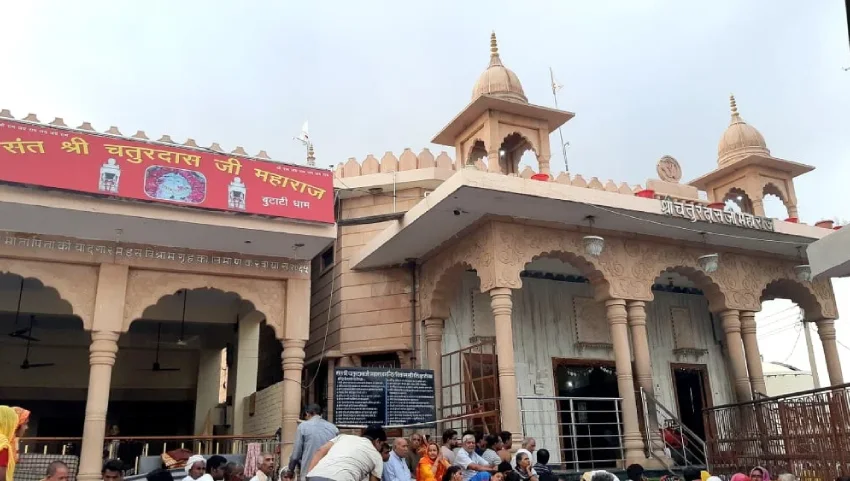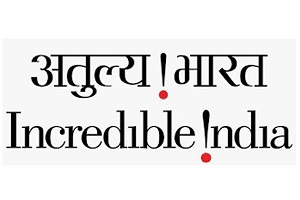
Chittorgarh Fort Rajasthan
Chittorgarh Fort or Chittor is a heritage site famous for being one of the largest forts in India. It is located in the Mewar region of Chittorgarh, Rajasthan. Taking a walk around one kilometer on a bridge, you will see yourself in a six-gateway fort occupying a large portion of the region. There is so much to explore on this rocky island and many legends to hear. The fort holds many unparalleled structures that everyone should visit before it goes into dust with the passage of time. If you are planning to cover explore this fort on your Rajasthan Tour Package, then here’s all you need to know about the majestic fort.
History of Fort
Chittorgarh Fort was earlier known as Chitrakut, built by the local rulers Chitragada Maurya. According to legends, the fort area was created with Bhima (one of the Pandava brothers of Mahabharata) hitting the ground hard. The spring appeared due to the effect and the fort was constructed later on in the 8th century. The fort was taken over by Guhila ruler that later went hand-to-hand with the rulers.
The Chittorgarh Fort gained popularity in the 14th century when Alauddin Khilji led a large army to conquer the fort. It is believed that Alauddin was willing to catch a glimpse of Queen Padmini’s reflection in a series of mirrors and was impressed. For this sole purpose, he decided to capture the fort. He waged a for 8 months, before capturing King Ratnasimha, consort of Queen Padmini.
Unfortunately, when Alauddin Khilji entered the fort after capturing it, all the women inside the fort along with the queen jumped into the fire and committed suicide. The men of the fort also killed themselves with their swords. Afterward, Alauddin handed over the fort to his son Khidr Khan. The fort went into the hands of several kings before coming under Rana Kumbha in the 15th century. All the Rajput women fell into fire and men killed themselves to avoid becoming slaves for life.
Architecture
The mighty fortress is fish-shaped and covers 5 kms in length and 13 kms in circumference. The fort is approached by a bridge that spans one kilometer. The fortress is made of limestone, sprawling the Gambhiri River. The fort covers 65 historic structures which include four palaces, 19 large temples, 20 water bodies, 4 memorials, and a few victory towers to explore on Chittorgarh Tour Package from Jaipur.
-
Fateh Prakash Palace was built by Rana Fateh Singh. It holds a small museum and a local school for the children.
-
Goddess Tulja Bhavani Temple was considered to be one of the sacred temples of a bygone era.
-
Meera and Kumbha Shyam Temples are inside the southern palaces of the Rana Kumbha Fort.
-
Tower of Victory is a 15th-century victory tower built by Rana Kumbha over Malwa’s Mahmud Khilji.
-
Gaumukh Reservoir is an important tourist site flowing along the side of the cliff.
-
Padmini Palace is a residential site of queen Padmini.
-
Surajpol is the eastern gate of the fort
Tourist Attractions in Chittorgarh Fort
-
The main attractions of the fort are sightseeing and exploration where you can admire the fine architecture.
-
Climb up the victory tower to get a panoramic view of the fort and the surrounding region.
-
Visit during the Rajput annual festival to enjoy processions and other cultural activities inside the fort.
-
Visit the Gaumukh Reservoir and feed the fish.
-
Watch the fort from a certain distance after sunset, as the fort will be lit up beautifully with colorful lights.
-
Attend a light and sound show for half an hour, every day. The show covers the history of the fort from King Chitrangada to the current date.
Visiting Time & Entry Fee
If you are choosing a vehicle to explore, it would take around 2 to 3 hours to cover the fort. It is best to choose a licensed guide to have an informed guide to have a guided tour.
-
Visiting time - 9:45 AM to 6:30 PM
-
Guide Fees - INR 400
-
Renting a vehicle - INR 500
-
Fees for Indians - INR 50 per head, INR 25 for students and senior citizens
-
Fees for Foreigners - INR 200 per head
-
Sound and Light Show - INR 100 per head
Chittorgarh Fort is not the only largest fort in the state but is widely famous for its fine art, architecture, and glorious past. If you are planning your Rajasthan Forts and Palaces Tour, then book a suitable tour package with us.


































